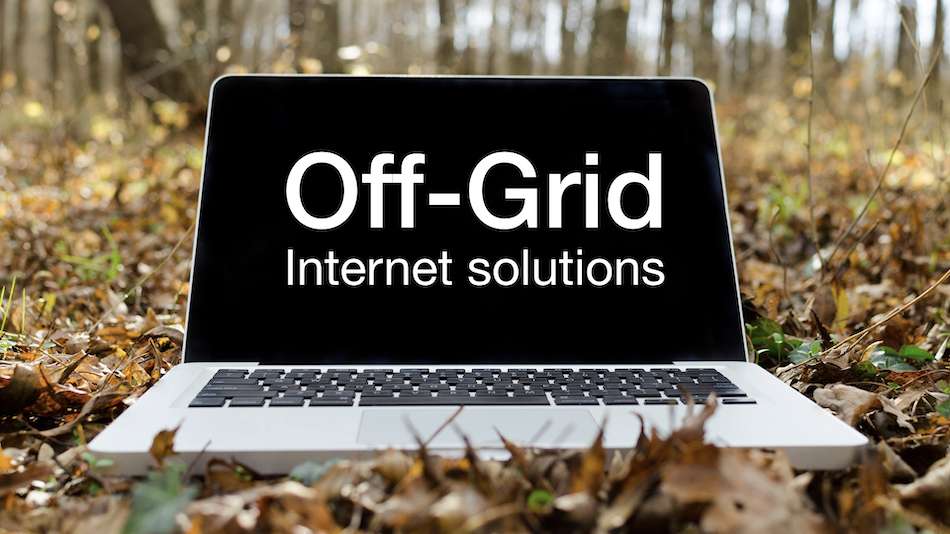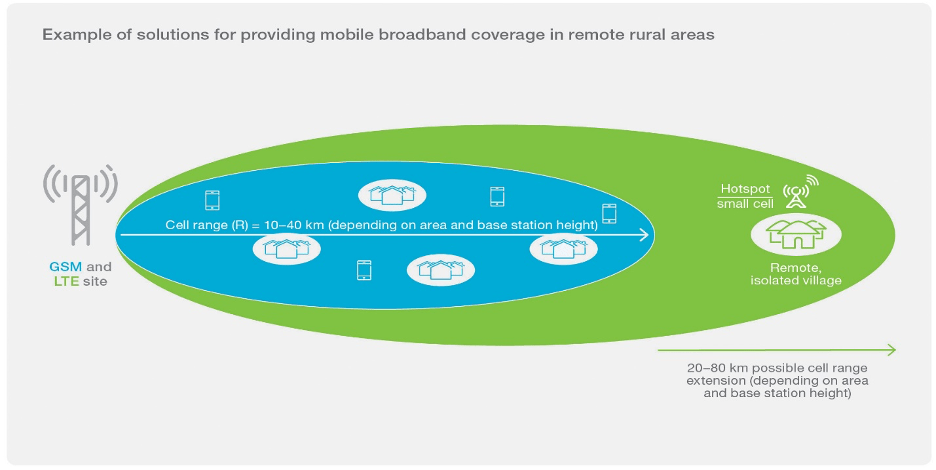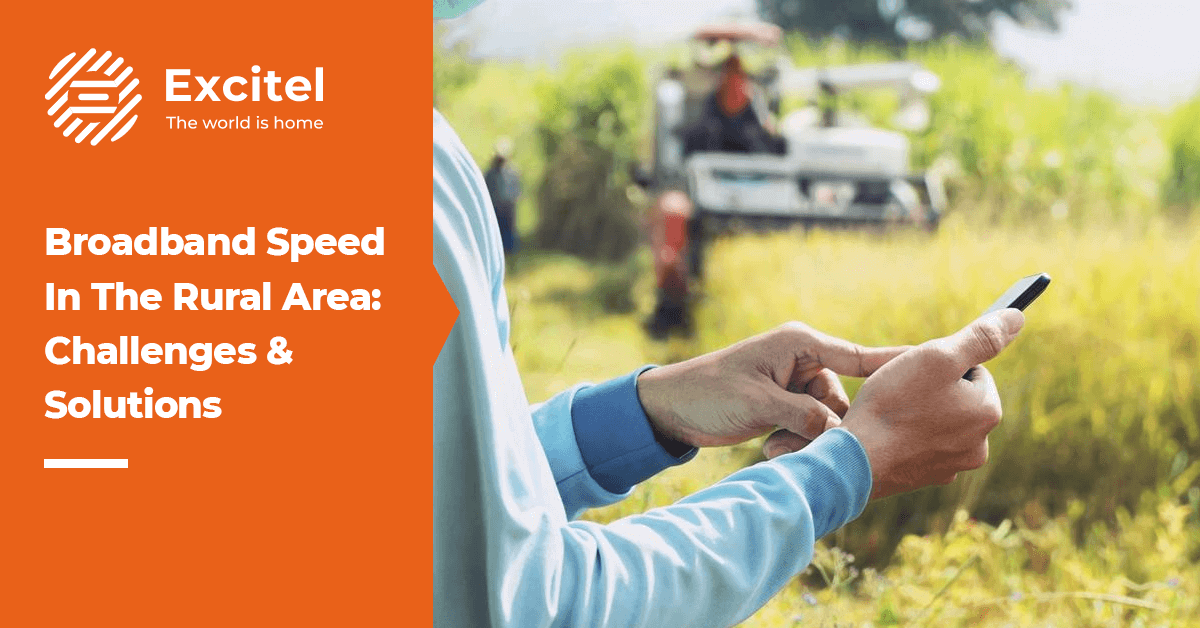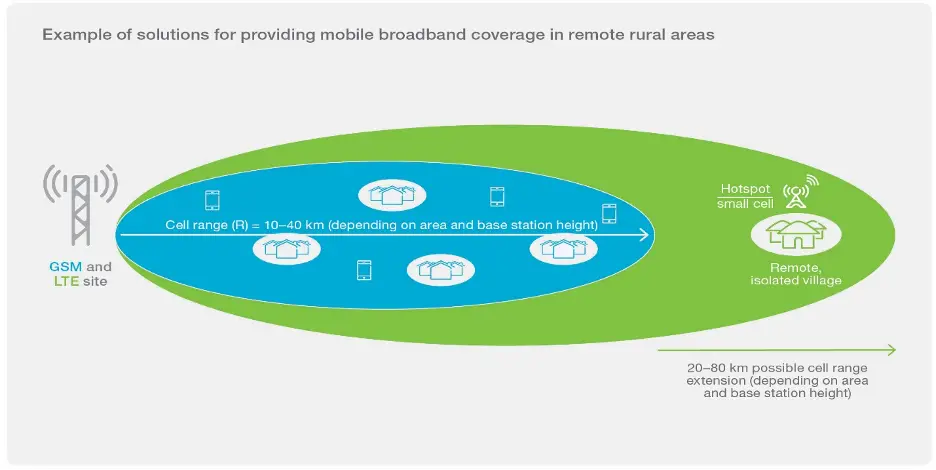Living off the grid in remote areas can present numerous challenges, and one of the most pressing is accessing the internet. Without the infrastructure and connectivity options available in urban areas, those living off-grid often struggle to find reliable and affordable internet solutions. Satellite internet is a popular choice in rural areas without mobile phone service, while hotspot devices offer internet access for multiple devices. DIY internet is possible in remote areas, but it relies on a broadband connection. However, internet access in these off-grid areas is typically slow, data caps are often in place, and high data usage from video streaming can be a limiting factor. Despite these challenges, alternative options like community-based internet solutions, mesh networks, mobile data plans, boosting cell phone signal, and fixed wireless broadband are available. Satellite internet providers are an option, though they tend to be expensive and slower. HAM radio can provide internet access, but it requires a license and is notably slow. Smaller carriers may offer more affordable LTE data plans in off-grid areas, while microwave internet towers and optical fiber can provide stable and fast connectivity, though they have their own requirements.
Challenges of Off-grid Living: Internet Access in Remote Areas
Living off-grid in remote areas can be an enticing prospect, offering the chance to escape the hustle and bustle of city life and enjoy a simpler, more self-sustainable lifestyle. However, one of the major challenges that arise when living off the grid is the lack of reliable internet access. In today’s digital world, it can be difficult to function without a stable internet connection, and this challenge is amplified in remote areas where traditional infrastructure may not exist. In this article, we will explore the various challenges and limitations of accessing the internet in off-grid locations, as well as alternative options that can be explored to overcome these hurdles.

Limited Options for Internet Access in Remote Areas
One of the main challenges faced by those living off-grid in remote areas is the limited options for internet access. Traditional means of connectivity such as cable or DSL lines are often unavailable in these areas, leaving residents with few choices. In many cases, satellite internet becomes the preferred option. Satellite internet utilizes a dish to send and receive signals to and from satellites in orbit, allowing for internet connectivity even in areas without mobile phone service. While satellite internet provides a viable solution for off-grid areas, it does come with its own set of limitations.
Reliance on Satellite Internet in Rural Areas
Satellite internet relies on communication channels between the user’s dish and the provider’s satellites, making it possible to access the internet in rural areas where other options may not be available. However, there are certain drawbacks associated with satellite internet. Firstly, it tends to be more expensive compared to other forms of internet connectivity. Additionally, satellite internet often suffers from higher latency and slower speeds compared to traditional broadband connections. This can make tasks such as video streaming or online gaming challenging, as the lag and buffering may become significant.

Hotspot Devices for Internet Access
Another option for internet access in off-grid areas is the use of hotspot devices. These devices create a wireless network that multiple devices can connect to, allowing them to access the internet through a cellular data connection. Hotspots can be created using devices such as smartphones, portable hotspots, or even dedicated hotspot devices offered by cellular service providers. This can be a practical solution for those living off-grid, as long as there is sufficient cellular network coverage in the area.
Creating DIY Internet in Remote Areas
For those who prefer a more hands-on approach, creating a do-it-yourself (DIY) internet connection in remote areas is also a possibility. This typically involves setting up a wireless network using a combination of equipment, such as long-range Wi-Fi routers, directional antennas, and sometimes even homemade signal boosters. However, it’s important to note that a reliable broadband connection is necessary for this setup to work effectively. This means that if traditional broadband infrastructure is not available in the area, the DIY internet option may not be feasible.

Slow Internet Speeds in Off-grid Areas
One of the common challenges faced by off-grid residents is the slow internet speeds experienced in these remote areas. This is often due to the limitations of the available internet solutions, such as satellite internet or cellular data connections. The distance traveled by signals in satellite internet communications can lead to higher latency and slower speeds. Similarly, cellular network coverage in remote areas may be limited, resulting in slower internet speeds for those relying on mobile data plans. These slow speeds can impact various online activities, making tasks such as streaming videos or downloading large files a time-consuming process.
Data Caps and Limitations
In addition to slow internet speeds, off-grid residents also often face data caps and limitations on their internet plans. Satellite internet providers, in particular, tend to impose monthly data caps on their users. This means that once the allocated data allowance is reached, the internet speeds are either significantly reduced or the service is completely suspended until the next billing cycle. This can be frustrating for those who rely heavily on internet usage for work, education, or entertainment purposes, as it limits their ability to fully utilize the internet.

Internet Usage for Basic Tasks
Despite the challenges faced by off-grid residents when it comes to internet access, it is worth noting that the internet is still useful for basic tasks. Many off-grid individuals use the internet for essential activities such as email communications, researching information, and occasional social media use. While these tasks may not require high-speed internet or large data allowances, the limited options available in off-grid areas can still pose challenges.
Limitations of Video Streaming
One of the limitations that off-grid residents often encounter is the inability to stream videos seamlessly. With slow internet speeds and data caps, streaming videos can be a frustrating experience. Buffering issues and the need to constantly monitor data usage can impede the enjoyment of online entertainment. This is particularly challenging for those who rely on streaming platforms for news, movies, or television shows as their primary source of entertainment.

Alternative Options: Community-based Internet Solutions
In recent years, community-based internet solutions have emerged as an alternative option for off-grid residents. These solutions involve the collective effort of a community to establish and maintain their own internet connectivity. This can be achieved through various means, such as setting up local networks, sharing existing internet connections, or even collaborating with internet service providers for customized solutions. Community-based internet solutions can be a cost-effective and reliable option for those living off the grid, as the maintenance and costs are shared among community members.
Alternative Options: Mesh Networks
Mesh networks are another alternative option for off-grid internet access. In a mesh network, multiple devices act as both senders and receivers, forming a decentralized network that can transmit data without relying on a central infrastructure. This effectively creates a Wi-Fi network that can cover a large area, making it suitable for off-grid communities. Mesh networks can be created using dedicated mesh routers or even by repurposing existing devices with mesh capabilities. By utilizing mesh networks, off-grid residents can establish reliable and decentralized internet connectivity within their community.
Mobile Data Plans for Internet Access
Another possibility for off-grid internet access is the use of mobile data plans. While cellular network coverage may be limited in some remote areas, there are instances where a reliable signal can be found. By subscribing to mobile data plans offered by cellular service providers, off-grid residents can access the internet using their smartphones or by creating hotspot connections. This option allows for flexibility and mobility, as long as a stable cellular network signal is available in the vicinity.
Cellular Network Coverage in Remote Areas
Before relying on mobile data plans for internet access, it’s crucial to assess the cellular network coverage in the remote area. While major cellular service providers may have comprehensive coverage in urban areas, their signal reach may be limited or non-existent in remote off-grid locations. It is advisable to consult coverage maps provided by the service providers or even conduct field tests to determine the strength and reliability of the cellular network signal in the desired area.
Boosting Cell Phone Signal for Internet Access
For off-grid areas with weak or limited cellular network coverage, there are options available to boost cell phone signals. Signal boosters or amplifiers can be used to enhance the signal strength in areas with weak coverage. These devices work by capturing existing signals and amplifying them for improved cellular performance. However, it’s crucial to ensure that the use of signal boosters is legal in the particular region, as regulations may vary.
Fixed Wireless Broadband
Fixed wireless broadband is another option that off-grid residents can explore for their internet access needs. This technology involves transmitting data wirelessly through radio waves to provide internet connectivity. Fixed wireless broadband relies on antennas and towers to establish a connection between the user and the internet service provider. While fixed wireless broadband can offer faster speeds and lower latency compared to satellite internet, it does require a direct line of sight between the user’s equipment and the provider’s tower, which can be a limiting factor in certain geographic locations.
Satellite Internet Providers
Satellite internet providers such as Viasat and HughesNet offer internet connectivity to off-grid areas, where traditional infrastructure may not be available. These providers utilize satellites in orbit to establish communication channels with users’ dish antennas. While satellite internet provides a viable solution for off-grid residents, it does come with certain drawbacks. Satellite internet tends to be more expensive compared to other forms of connectivity, and the speeds and latency can be slower. Additionally, data caps and limitations are often imposed, which can further restrict the usage and access to the internet.
HAM Radio as an Internet Access Option
For those willing to navigate licensing requirements and slower speeds, HAM radio can provide internet access in off-grid areas. HAM radio operators can establish connections with other operators around the world, creating a network through which data can be transmitted. While the speed and reliability of internet access through HAM radio may be limited, it can serve as a backup option when other connectivity methods are unavailable.
Affordable LTE Data Plans
In recent years, smaller cellular service providers have emerged, offering more affordable LTE data plans. These plans may have less coverage compared to major providers but can offer a more accessible and cost-effective solution for off-grid residents. It is worth exploring these options, as they can provide reliable and affordable internet access in remote areas.
Microwave Internet Towers
Microwave internet towers provide another alternative for off-grid internet access. These towers utilize microwave signals to transmit data wirelessly over long distances. With line-of-sight connections established between the user’s antenna and the tower, stable and fast internet can be achieved. However, it is essential to consider the topography and geographical features of the area, as any obstacles between the user and the tower can disrupt the line-of-sight connection.
Optical Fiber for Faster Internet
While it may be challenging to implement optical fiber connectivity in remote areas, it is worth considering if the necessary infrastructure is available. Optical fiber provides faster internet speeds compared to satellite or wireless connections, offering a more reliable and efficient option for off-grid residents. The installation and maintenance costs associated with optical fiber infrastructure may be higher initially, but the long-term benefits of faster internet speeds and increased reliability can make it a worthwhile investment in off-grid areas.
In conclusion, accessing the internet in off-grid areas poses several challenges, including limited options, slow speeds, data caps, and reliance on satellite or cellular networks. However, alternative options such as community-based internet solutions, mesh networks, mobile data plans, fixed wireless broadband, and microwave internet towers can provide viable alternatives. It is important for off-grid residents to assess their specific needs, geographical location, and budget constraints to determine the most suitable internet access solution for their unique circumstances.




